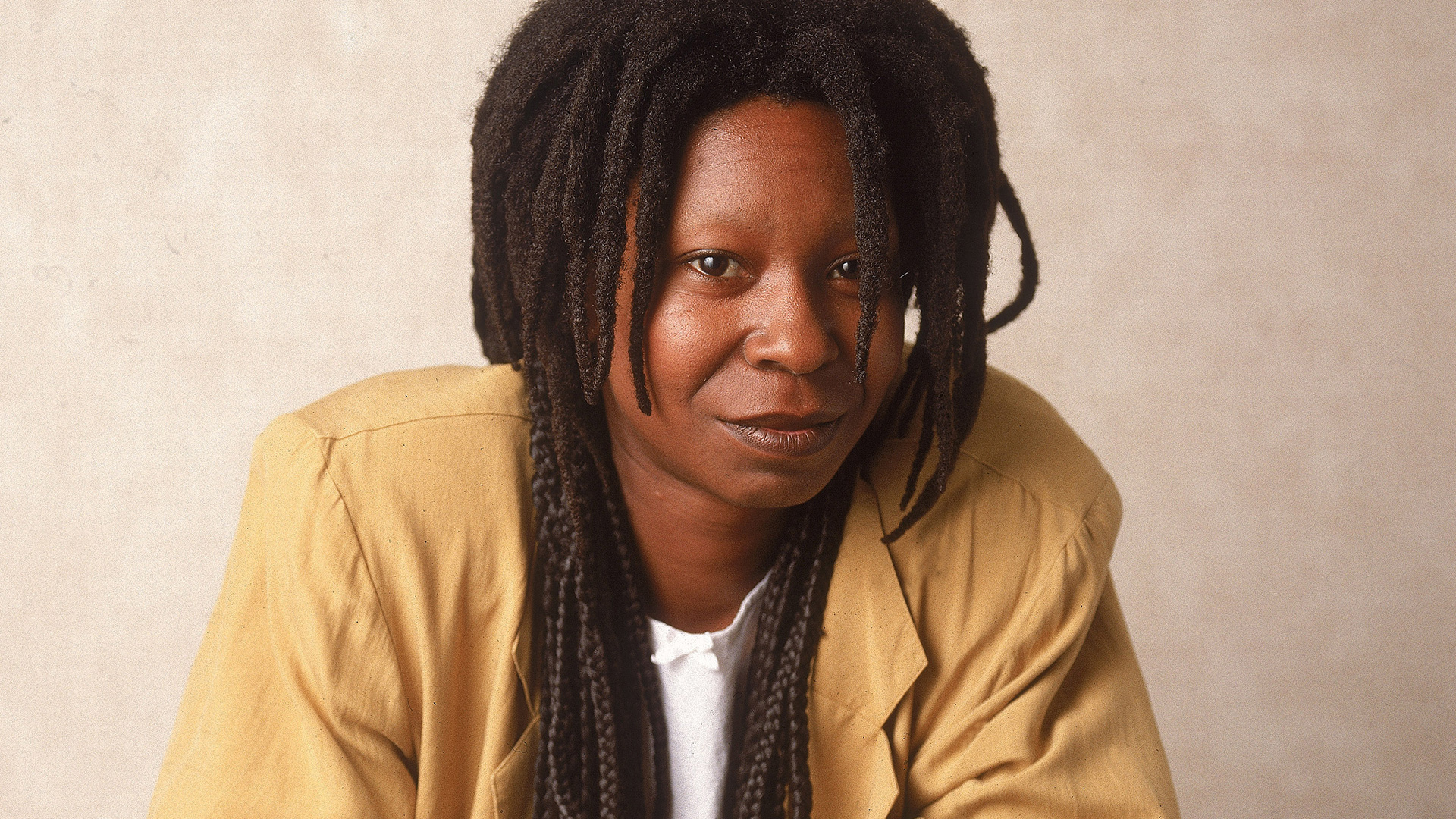Kelly Osbourne’s Alleged On-Air Meltdown: Viral Drama or Social Media Hoax?
This week, social media ignited with a wild story: Kelly Osbourne, the sharp-tongued British media personality, reportedly had a dramatic meltdown on The View — complete with shouted accusations, table-pounding hosts, and a triumphant storm-off that left the audience gasping.
“DON’T YOU TRY TO RUIN MY CAREER WITH A CHEAP GAME!” she allegedly roared, according to a now-viral thread, before calling out the show’s co-hosts and declaring, “I AM CULTURE. YOU ARE COMMENTARY.” The tale crescendos with her grabbing the mic, dropping a final cutting line, and strutting off set as the studio supposedly descended into chaos.
:max_bytes(150000):strip_icc()/Whoopi-Goldberg-The-View-02-050525-27f336d2283f4e6daf64bfb0b1b743e2.jpg)
It sounds like something ripped from a Hollywood drama. But here’s the truth: there is no evidence it ever happened.
A Story Too Wild to Be True?
The tale spread across X (formerly Twitter), TikTok, and Facebook with lightning speed, amassing hundreds of thousands of views and shares. Yet despite its viral reach, the incident doesn’t appear on any reputable news outlet — not Variety, not Deadline, not even TMZ.
No video footage has surfaced, no audience members have corroborated the events, and neither The View nor Osbourne’s camp has acknowledged it in any form.
In today’s hyper-documented media world, if something this sensational had occurred live on television, you’d be able to find a clip of it within minutes. Instead, all that exists are exaggerated retellings with zero sourcing — telltale signs of a viral hoax.
Why People Fell for It
The “Kelly vs. The View” story has all the ingredients of viral fiction — and that’s exactly why so many people bought into it. Here’s why it worked:
1. Plausibility
Osbourne is known for being blunt and outspoken. The View is no stranger to heated exchanges. Put the two together, and a clash seems believable.
2. Cinematic Storytelling
The language in the viral post reads like a movie script: shouting matches, dramatic comebacks, a mic-drop moment. It’s the kind of drama that commands attention — whether true or not.
3. Echo Chamber Amplification
Once a few accounts start reposting the story — often adding their own “takes” — it begins to feel real. The more it spreads, the more credible it seems, even without a shred of verification.
The Real Kelly Osbourne
Kelly Osbourne isn’t new to the spotlight. She rose to fame in the early 2000s on The Osbournes, became a fashion commentator on Fashion Police, and frequently appeared on talk shows, music projects, and red carpets. She’s known for her sass and strong opinions, but there’s no known history of explosive on-air walkouts or feuds with The View.
In fact, Kelly has previously been a guest on the show without incident. And while she’s had a few controversial moments in her career, nothing comes close to the theatrical chaos depicted in the hoax.
Why It Matters — Even If It’s “Just Drama”
You might ask, “Who cares? It’s just internet gossip.” But hoaxes like this carry real consequences:
➤ Reputation Damage
Even fake outbursts can taint public perception. Some users have already started criticizing Osbourne for behavior she didn’t exhibit — based purely on a made-up story.
➤ Media Fatigue
When people realize they’ve been duped, they often become skeptical of everything — including real news. Misinformation blurs the line between fact and fiction.
➤ Wasted Outrage
Social media fights have broken out over the incident, with fans arguing about Kelly’s “behavior” or “attitude” — all based on something that never occurred.
How to Spot a Viral Hoax
Not all viral stories are true — and many are engineered specifically to stir controversy. Here’s how to vet the next big blow-up before hitting “share”:
-
Check for video evidence. In an age where everything is recorded, missing footage is a huge red flag.
-
Search for multiple sources. If only random social posts mention it, and no major outlets report on it, be cautious.
-
Look for official statements. Real controversies often prompt swift responses from PR teams, shows, or celebrities.
-
Watch out for over-the-top language. ALL CAPS, dramatic metaphors, and exaggerated dialogue often signal fiction.
Why These Stories Keep Coming
Viral drama is a currency on the internet. Fake controversies drive clicks, boost engagement, and spark emotional reactions — which means more traffic for those who start them.
And in this case, the fabricated Kelly Osbourne meltdown fits the mold perfectly. A beloved celebrity. A controversial talk show. A conflict laced with empowerment, ego, and artistry. It’s just believable enough to share, and just outrageous enough to go viral.
The Takeaway

There’s no evidence Kelly Osbourne ever clashed with The View hosts in the explosive way social media claims. It’s almost certainly a social media hoax — designed to entertain, not inform.
But the story’s virality underscores something deeper: how easily misinformation can masquerade as entertainment, and how quickly people can be misled when drama meets digital speed.
Next time a story seems too wild to be true, ask yourself: Where’s the video? Where’s the source? Who stands to benefit? In today’s internet, the loudest stories aren’t always the truest.
As for Kelly Osbourne? She didn’t flip a table or storm out of a live broadcast — but the internet’s obsession with her supposed meltdown says more about us than it does about her.